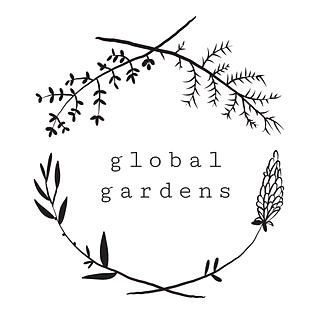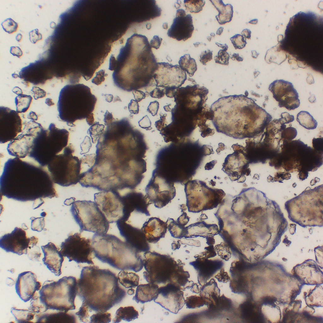COMPOST CONNECTIONS
- Global Gardens
- Jul 10, 2021
- 3 min read
Updated: Jul 11, 2021
Compost at Global Gardens
For the first part of this two-part workshop, we turned the compost pile at Global Gardens.

We found lots of worms, centipedes, woodlice, slugs, snails and an ants nest (which we tried not to disturb too much).
As well as turning the pile, we added some comfrey leaves, some water, some clay slip and the biodynamic preparations. We then covered the compost heap with a carpet.
Comfrey helps build fertility - some people describe comfrey as a compst 'super-charger' and it is particularly high in potassium and phosphate.
Compost needs to feel like a 'damp towel' - so we added several buckets of water to moisten it,
Clay acts helps bind organic material and create humus,
Biodynamic preparations of yarrow, chamomile, nettle, oak, dandelion and valerian help bring a diversity of life to the compost heap (see Biodynamic Association for more details).
We also add raw food waste (including, fruit and vegetable scraps, egg shells and coffee and tea grinds), some unbleached paper and cardboard and plant matter from the garden (including annual weed, spent crops or grass clippings).
We have a separate compost pile for perennial weeds such as bindweed, brambles and cinquefoil. .
After turning the compost, we collected some samples to send off to Hari and Linden for part two. We collected a teaspoon sample of compost, soil from the polytunnel, soil from the wildlife play area and soil from two raised beds.

Poppy then sent these samples over to Hari for analysis.
Composting Connections with Compost Mentis
For the second part of this workshop, Hari and Linden of the London-based composting cooperative Compost Mentis guided us through an evening of 'creative compost connections'.
We begun by sharing some reflections on the current composting approach at Global Gardens.
Letters to the compost heap
Linden then invited us to write a letter to the compost pile, like this letter.
"Dear Compost Heap,
I hope you are enjoying spending time at Global Gardens under the plum tree. We certainly enjoyed the plums last year and I think you might have had something to do with that!
We are trying to add a range of ingredients to keep things happy and healthy for you. Comfrey, raw food waste, coffee grounds, and tea, some clay and biodynamic preparations.
I hope we keep you hydrated enough. Perhaps we need to be applying more water as well as material. The ants weren't too happy when we uncovered them. Please send them our apologies.
It was great to turn the compost though as a group. Perhaps having a monthly turning session would be good. I wonder if we need to do more listening and hanging out, so we can know and understand more about what you need.
Yours"
We then looked at some of the samples under the microscope with Hari.
Under the microscope: Compost Pile
(from left to right: Nematode, Hyphae and Spore from Global Gardens compost pile)
Under the microscope: raised bed near Apple tree
(from left to right: roots, hyphae)
Under the microscope: Polytunnel
from left to right: sand and silt, hyphae)
Under the microscope: Wildlife play area
Hari shared a video of some microbial life at the wildlife garden from the soil sample taken near to the Poplar tree.
Letters from the compost heap
Linden then invited us to write a letter from the compost pile.
Here is one letter from the ants...
Letter from the ants
Today there was an earthquake and then the sky fell on our heads. Metal teeth ripped us appart and a few comrades did not make it. Then, when the night fell, we regrouped in search of a new shelter."
Letter from the nematodes
Yo, we could really do with some fresh food waste. Maybe broad bean shells, try to keep it regular so we don't get too hungry...Try to avoid the anaerobic food waste though. Not so good for us!
Finally, we created a collective poem...
Composting Dream States
The armoured ladybird larvae of playfulness
The speedy woodlice of hide and seek
The speedy nematodes of movement
The wiggly mushroom of rest
The sensitive ants giving visibility
The wise hyphae working across timescales
The glitzy nematodes of dreams
The hardworking worms of interconnectedness
Moonbathing millipede milleniums.
This workshop was supported by the National Community Lottery Fund in Wales.

































Comments